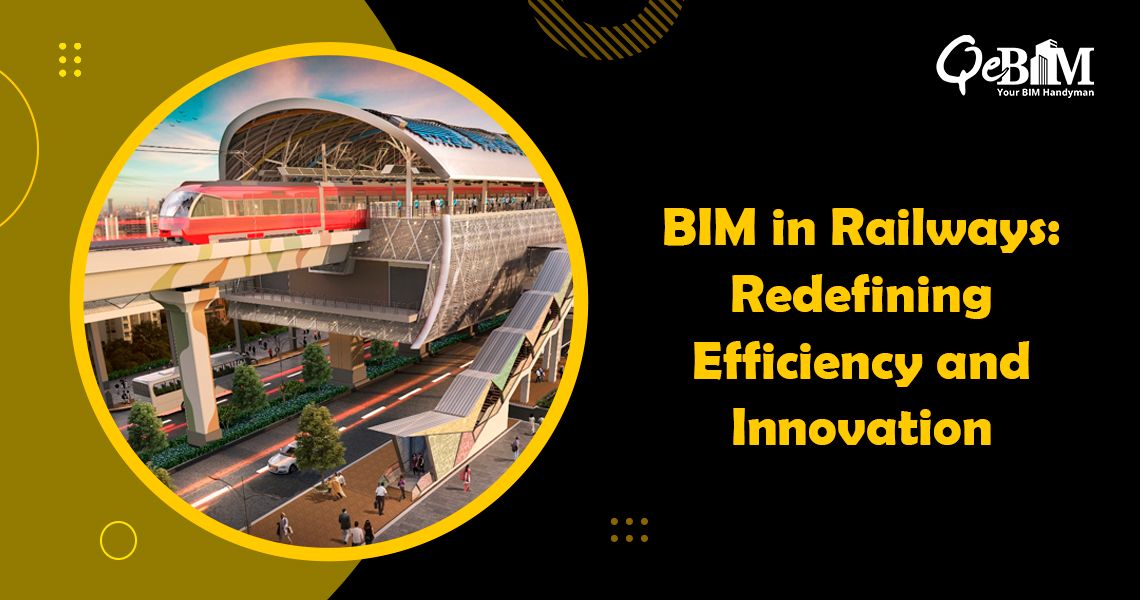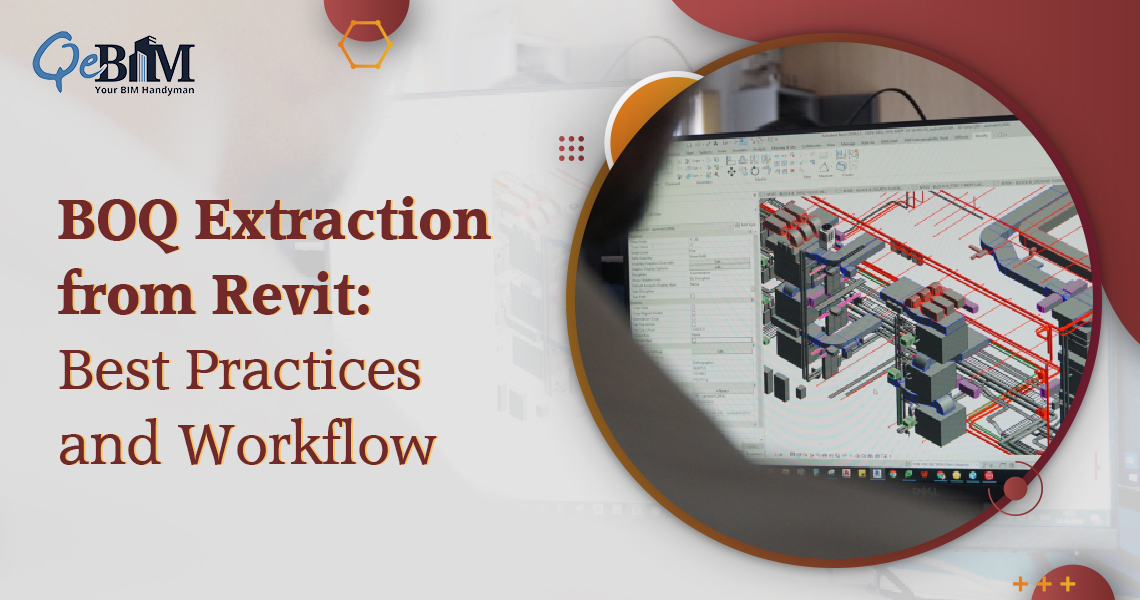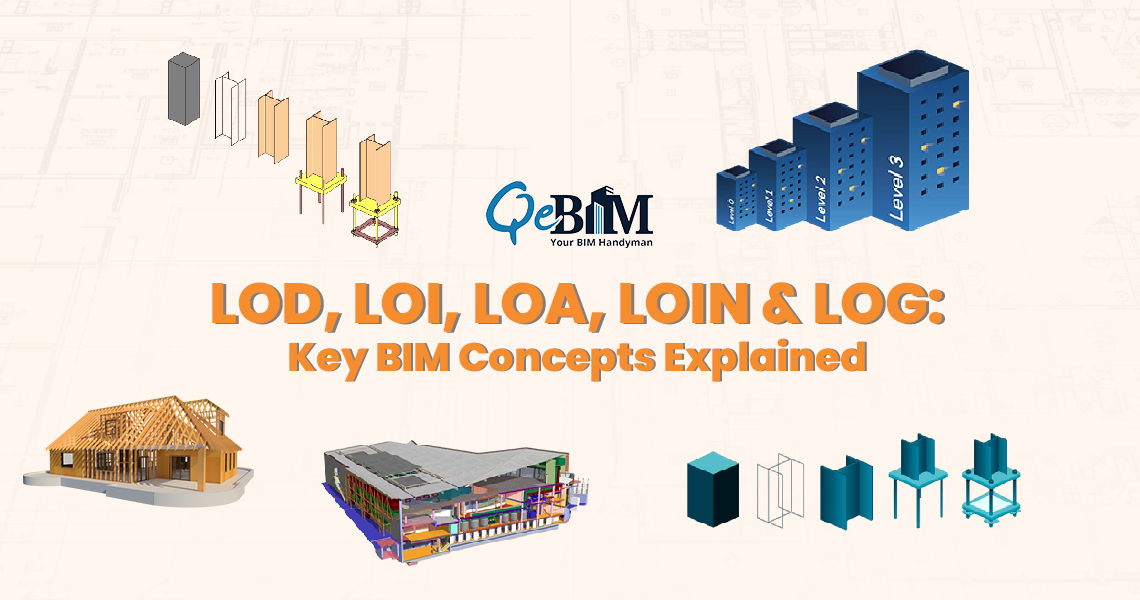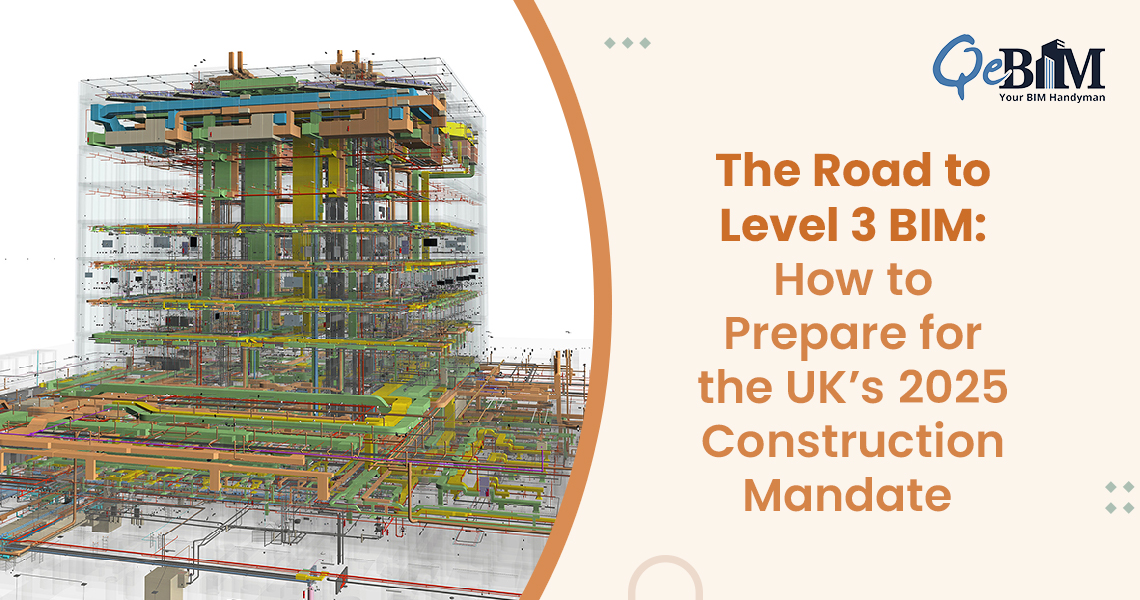The railway industry has long been a backbone of the global connectivity, facilitating the movement of people and goods across the vast distances. However, as the demands for efficiency, sustainability and innovation grows, the traditional methodology of the railway design, construction as well as management are being challenged. With BIM Services at hand, these challenges can be addressed. Since the introduction of BIM, it has been easing out the chaos for almost all sectors and infrastructural projects are no exception. It is proven to be a transformative approach that is reshaping the way railways are planned, built and operated.
What is BIM?
BIM is a digital process that merges 3D models with data to deliver a holistic representation of a construction project across its entire lifecycle. of any construction project throughout its lifecycle. BIM enables the collaborative workflows among the stakeholders thereby offering a shared platform to access the real-time data, optimize designs as well as improve the decision-making processes.
The Role of BIM in Railways
Railway projects are inherently complex involving multidisciplinary coordination, extensive infrastructure and stringent safety standards. BIM addresses these challenges through:
- Enhanced Design Accuracy
BIM allows the railway engineers and architects to create precise, data-rich 3D models. These models helps to identify the potential design clashes and inefficiencies before even the construction begins thereby reducing the costly mistakes and also the probability of reworks.
- Streamlined Collaboration
With BIM, the stakeholders including the civil engineers, electrical engineers as well as the project managers can collaborate on a unified platform. This integration minimizes the miscommunication and ensures that all teams are in sync with the project objectives.
- Improved Asset Management
BIM goes beyond construction, encompassing the operation and maintenance of railway infrastructure. Asset information such as track geometry, signal systems as well as the maintenance schedules are stored in the BIM model thereby enabling a proactive management and reducing the downtime.
- Sustainability and Cost Efficiency
By simulating the energy consumption, material usage and construction impacts, BIM supports the sustainable practices. Additionally, it streamlines resource allocation, leading to significant cost savings throughout the project.
Real-World Applications of BIM in Railways
- High-Speed Rail Projects
Countries like the UK, China and Japan have adopted BIM for their high-speed rail networks. For instance, the UK’s High Speed 2 (HS2) project utilizes BIM to ensure the efficient design coordination, reduced environmental impacts and improved stakeholder engagement.
- Urban Transit Systems
BIM has been instrumental in the development of the metro systems in cities like London, Singapore and Dubai. By integrating station layouts, track designs along with the passenger flow simulations, BIM enhances the urban transit planning and execution.
- Maintenance of Existing Rail Networks
For existing railway infrastructure, BIM facilitates predictive maintenances. The rail operators use BIM models to monitor asset conditions, schedule repairs and extend the lifespan of critical components.
The Evolving Role of BIM in Railways
As technology advances, BIM is anticipated to integrate with cutting-edge tools such as AI, the IoT, and Digital Twin technologies. These integrations will further enhance the railway operations by enabling the real-time monitoring, predictive analytics and automated decision-making.
Furthermore, BIM’s role in advancing sustainability supports global efforts to lower carbon emissions. By adopting BIM, the railway industry can contribute to a greener transportation system thereby supporting the transition to a sustainable future.
Challenges and Opportunities
While BIM offers numerous benefits, its adoption in the railway sector is not without challenges. These include:
- High Initial Costs: Adopting BIM demands investment in software, training along with the supporting infrastructure.
- Data Management: Handling the vast data produced by BIM models requires robust storage and analysis systems.
- Cultural Shift: Transitioning from traditional workflows to BIM necessitates a cultural shift within the organizations.
However, the opportunities far outweigh these challenges. Governments, railway authorities as well as the private firms are increasingly recognizing the value of BIM ultimately driving its adoption globally.
Conclusion
BIM for Infrastructure is revolutionizing the railway industry by driving innovation, enhancing accuracy and enabling the smarter infrastructure. As railway networks expand and modernize, BIM will undoubtedly play an important role in shaping the future of rail transportation.
By integrating this transformative technology, the stakeholders can ensure a safer, more sustainable and cost-effective railway systems.





